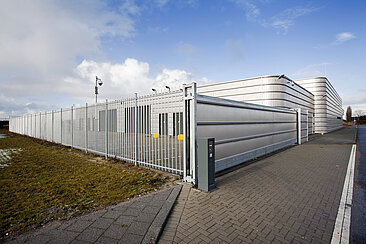Miniature access control with touch function with the company Lürssen
Noble design. Powerful features.
THE CHALLENGE
The development of a very small access control system taking into account two RFID frequencies, if possible while maintaining the dimensions of a small pushbutton. At the same time, the visual appearance and functionality were not to be compromised.
OUR SOLUTION
Based on the requirements, a very strong focus was placed on the small design. The biggest challenge with the given maximum dimensions was to integrate the two required frequencies and at the same time still realise a capacitive touch function.
Once all requirements had been taken into account, an acceptable detection range for RFID tags had to be achieved and the Wiegand and CAN bus communication interfaces had to be integrated. Especially the tuning and optimisation work of the two antennas required the highest development know-how.
THE PROJECT PROCESS
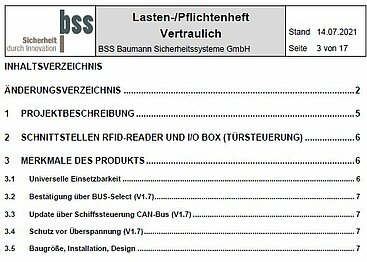
The requirements discussed in many meetings were transferred to a requirements specification via a specification sheet. During the implementation of the project, this served to ensure that time, technical and economic requirements were taken into account and that there were no discrepancies regarding mutual expectations.
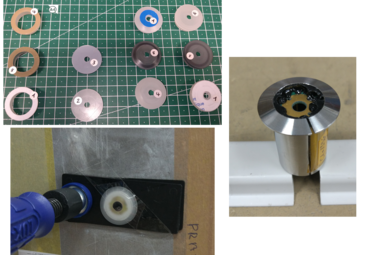
Due to the very high requirements regarding design and functionality, great attention had to be paid to the choice of components. At the same time, it had to be taken into account that certain materials and environmental conditions influence the range at which RFID tags are detected. This means that in this phase, some preliminary tests were carried out with components and materials before the constructive phase began and the first functional samples were built for tests.
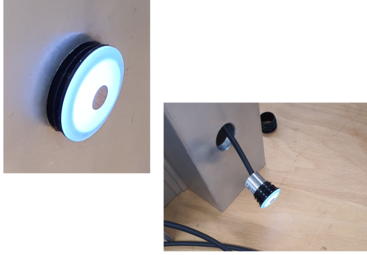
The development of the electronics and mechanics has been completed to the extent that the first functional models can be built. Here, the basic requirements were tested according to the specifications. In regular coordination rounds with the Lürssen company, possible problem areas were discussed and improvements tested and implemented.
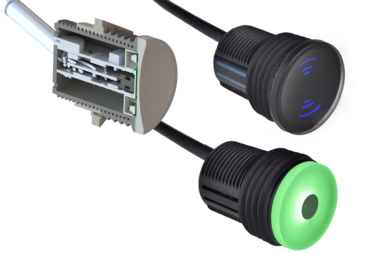
Due to design requirements, mechanical changes were again made. The originally planned Plexiglas was replaced by real glass. The capacitive touch function could be realised via the glass. After all requirements had been satisfactorily implemented, the design was protected and the necessary EMC and radio tests were carried out. This was followed by the successful market launch in the superyacht sector.
